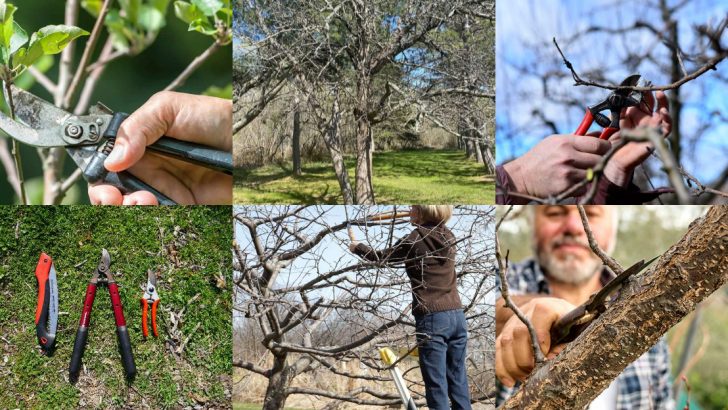One wrong cut can ruin your fruit tree. That’s not an exaggeration—it’s a heartbreak waiting to happen. Prune too much, too little, or at the wrong time, and you’re not just trimming branches. You’re slicing away next season’s harvest. Some mistakes are easy to make: a snip here, a shortcut there. And suddenly, your once-thriving tree looks more like a sad stick sculpture. But don’t worry. With the right moves—and a little less guesswork—you can turn those weak limbs into heavy, fruit-loaded boughs. Let’s cut to the chase: here’s what not to do, and how to prune like a pro.
Over-Pruning: The Silent Killer

Tackling your fruit tree with enthusiasm might seem beneficial, but removing too many branches can cripple its vigor. Over-pruning, especially when done during the wrong season, strips the tree of essential foliage that aids in photosynthesis. This results in reduced fruit production and sometimes, unhealthy growth patterns. Imagine a tree devoid of its leaves; it struggles to gather resources for development. Balance is critical—trim just enough to invigorate the tree without sapping its strength.
Ignoring Dead Wood: A Missed Opportunity
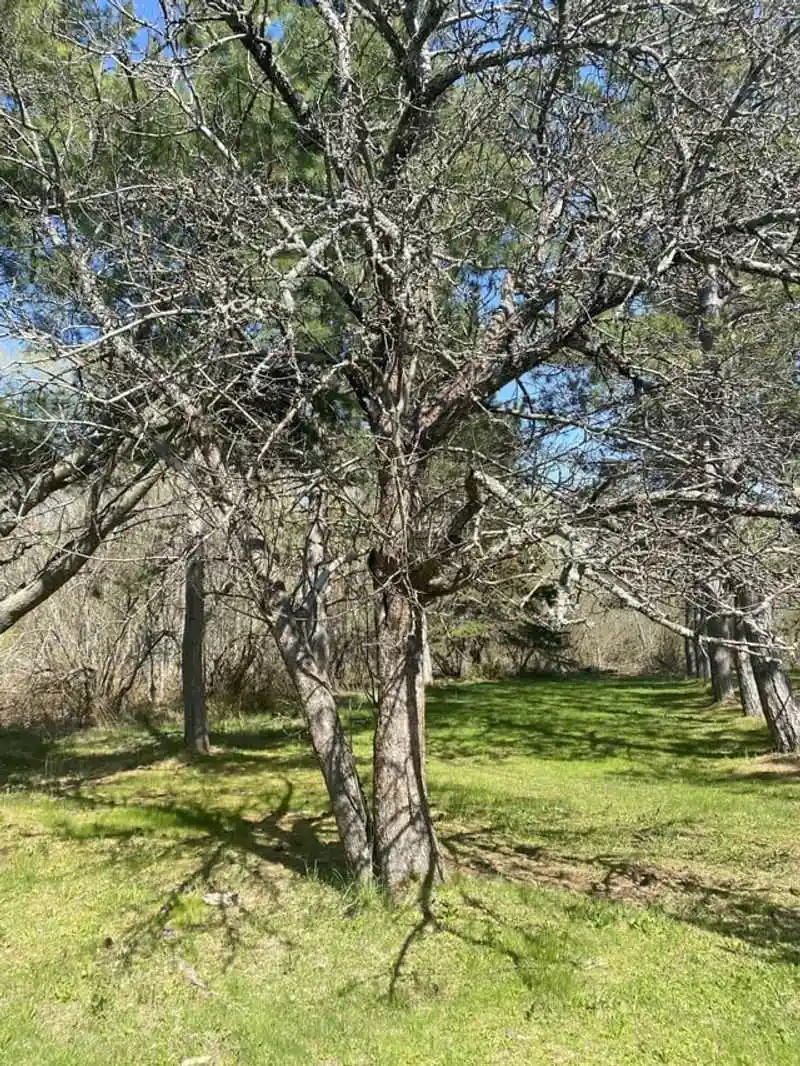
Neglecting to remove dead or diseased wood from your fruit tree is a missed opportunity for revitalization. Dead branches not only mar the aesthetic appeal but also pose a risk to healthy growth. They can harbor pests or diseases that might spread to thriving parts of the tree. By carefully removing these non-essential segments, you make room for healthy branches to flourish, ensuring a more fruitful harvest.
Improper Timing: A Delicate Dance
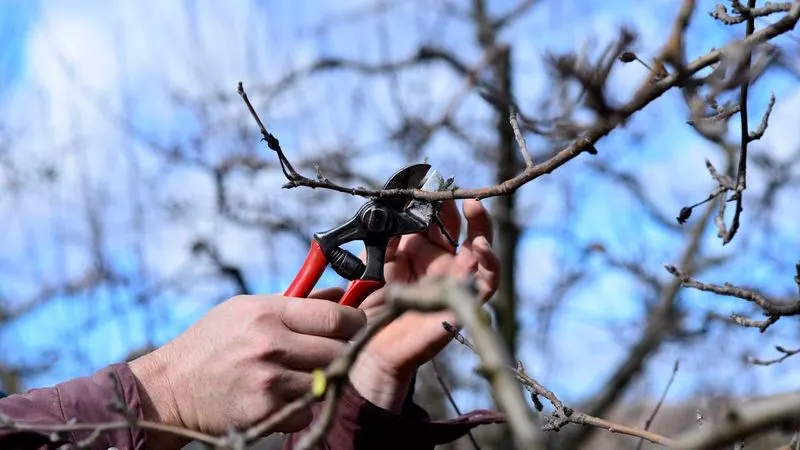
Pruning at the wrong time can be a fruit tree’s downfall. Each species has its own optimal pruning season, which aligns with its growth cycle. For instance, pruning in winter suits many deciduous trees as it’s their dormant period, minimizing shock and encouraging robust spring growth. Misjudging this timing can lead to stress, stunted growth, or even failure to fruit. Always research your specific tree type to align pruning with its natural rhythm.
Inadequate Tools: The Wrong Cut

Using the wrong tools can make pruning a frustrating chore rather than a precise art. Dull, rusty shears can tear the branches instead of making clean cuts, leading to increased risk of disease and poor healing. Quality tools ensure a smooth cut, which promotes quick recovery and healthy growth. Investing in well-maintained, sharp equipment is crucial for any gardener serious about a fruitful harvest.
Neglecting Tree Shape: Aesthetic and Functional Flaw

The natural shape of a fruit tree isn’t just for looks; it’s vital for its health. A balanced shape allows sunlight to penetrate the canopy evenly, reducing shadowed areas prone to disease. Trees with neglected shapes may produce less fruit and are more susceptible to structural issues. By paying attention to form, you ensure your tree not only looks appealing but operates at peak performance.
Ignoring Suckers and Water Sprouts: Energy Wasters

Suckers and water sprouts might appear harmless, but they’re notorious for sapping energy from fruit trees. These growths divert essential nutrients away from productive branches, often producing little to no fruit themselves. Regularly removing them ensures that energy is directed where it’s most beneficial, enhancing the quality and quantity of your yield. This maintenance fosters a healthier, more fruitful tree.
Targeted Thinning: Enhancing Sunlight Penetration
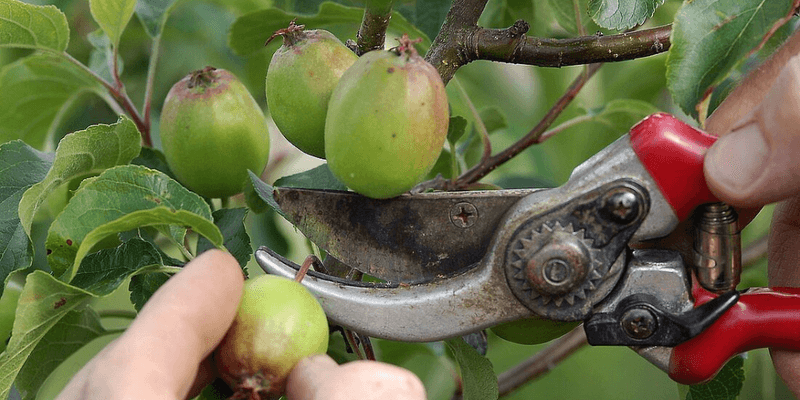
Thinning branches strategically can work wonders in boosting a tree’s fruit production. By selectively removing certain limbs, you allow more sunlight to penetrate the canopy, promoting uniform ripening and robust growth. This technique ensures that resources like sunlight and air circulate efficiently, reducing disease incidence. A well-thinned tree is not only more productive but also healthier, offering superior fruit quality.
Crown Raising: Encouraging Strong Growth
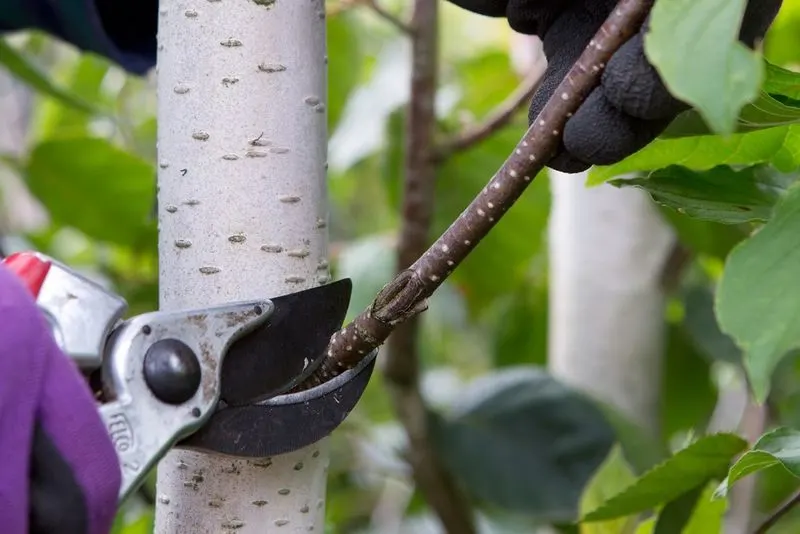
Raising the crown involves removing the lower branches of a tree, which directs more energy to the upper limbs. This not only encourages upward growth but also improves air circulation and light exposure beneath the canopy. By focusing energy on the main structure, the tree develops a robust framework, supporting healthier fruit production. It’s a technique that enhances yield while maintaining structural integrity.
Selective Heading: Boosting Branch Strength
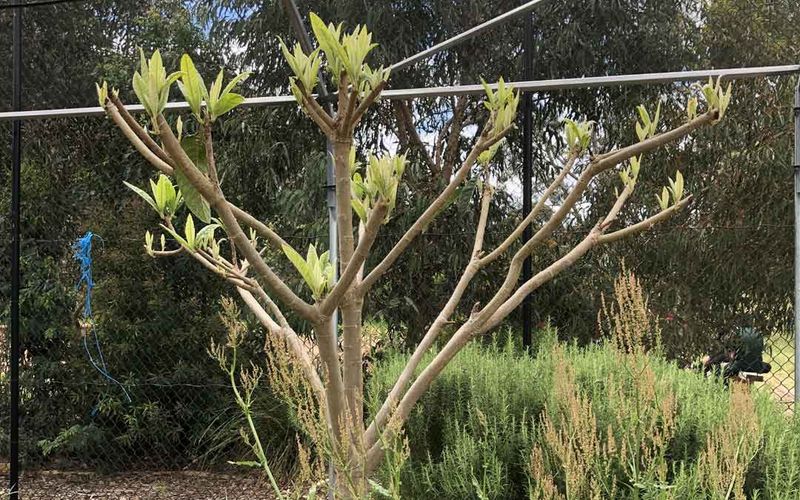
Selective heading is a method that strengthens branches by cutting them back to a bud, encouraging new, vigorous growth. This practice enhances the structural integrity of the tree, enabling it to support more substantial fruit loads. It also helps manage the size of the tree, making maintenance easier. By focusing growth efforts strategically, selective heading contributes to a more abundant harvest while ensuring the tree’s vitality.
Rejuvenation Pruning: Revitalizing Older Trees

When a fruit tree ages or its productivity declines, rejuvenation pruning can breathe new life into it. This involves cutting back the tree considerably to stimulate vigorous new growth. While it might seem drastic, the process revitalizes the tree’s structure and encourages an increased yield in subsequent seasons. Revitalized trees often exhibit renewed vigor, bearing fruit comparable to their younger days.
Espalier Training: Maximizing Space and Yield
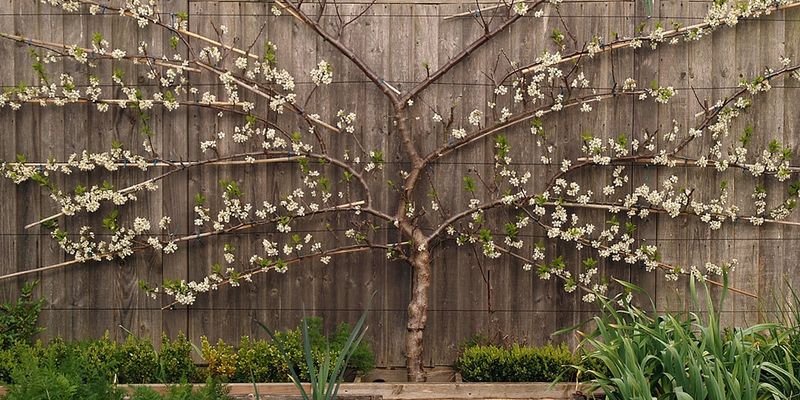
Espalier training transforms a fruit tree into a living sculpture, maximizing space and yield. By training the tree against a flat surface, such as a wall, branches grow in a controlled pattern, optimizing light exposure and air circulation. This method not only saves space but also enhances fruit production and makes harvesting easier. Espalier trees bring both aesthetic charm and practical benefits to any garden.
Bark Grafting: Reviving Damaged Trees
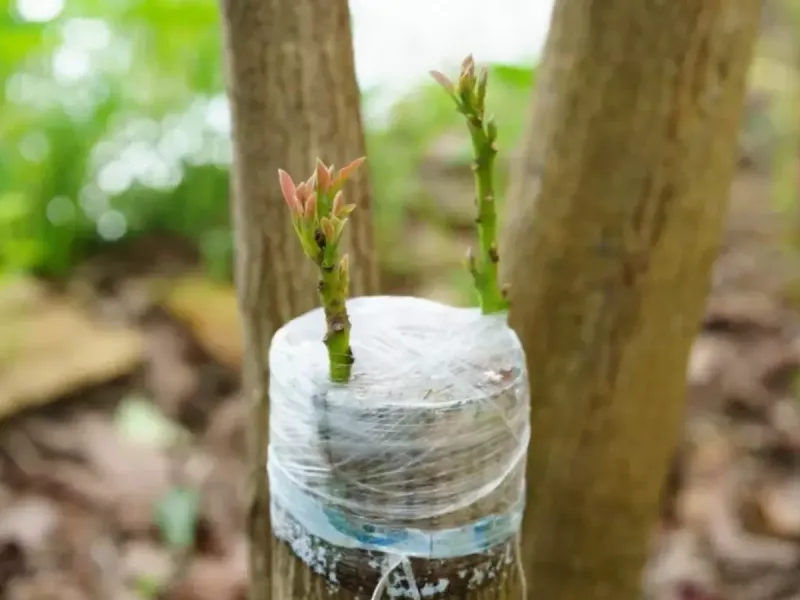
Bark grafting is a technique used to revive trees suffering from damaged or diseased areas. By grafting healthy tissue onto the tree, it encourages new growth and restores productivity. This method is particularly useful for trees that have lost branches or experienced disease. With careful execution, bark grafting can save a tree from decline, ensuring its continued contribution to your garden’s bounty.

